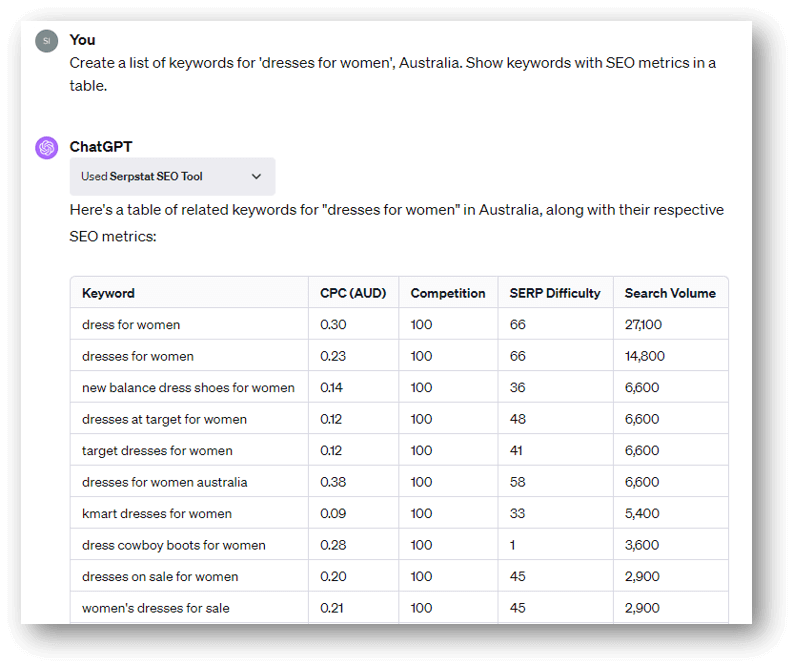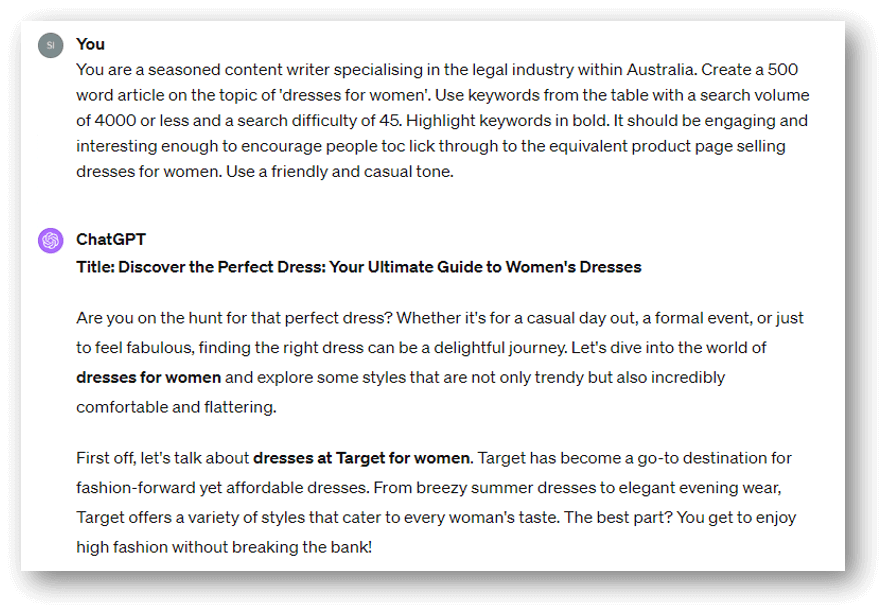Content marketing generates 3 times more leads as traditional marketing—and at a lower cost.
For enterprises and larger organisations however, which might have a huge amount of products or service, producing content on a large scale is somewhat problematic. Then of course, there is the question of content quality vs quantity.
In a Marketing Land article, Muthi Ghandi discusses how content marketing at scale can be compared with car production. He sets out the idea that until assembly line manufacture became available, cars were handcrafted and because of that, the common perception is that the first car ever made was the first one to be made on an assembly line. With content marketing, a similar kind of misconception exists in that people believe it to be a new concept, but it’s actually been around and used successfully for many years.
Production Line for Content?
So should enterprises then plan to set up a production line of writers? No and Ghandi doesn’t suggest that they should. As he rightly points out, yes enterprises need to be able to scale content and yes, that means more people writing, but it should never be at the expense of quality.
There is another way and that’s to follow the mature content marketing model that was developed by Ghandi and some colleagues, as shown below.
So let’s take a look at the model and see how it can be applied to ensure that a larger business can create scalable and high quality content, as well as distribute it effectively.
The Planning Stage
So at this stage, it’s all about laying the groundwork and ensuring that you know who’s doing what and why. This should firstly include an audit of the people within the organisation that currently produce content.
This should make it clear if you have enough people internally to handle all of the content production. From there, another audit could be carried out to identify internal staff with the potential to create content. Perhaps the marketing or tech department has someone that’s a whiz with video, for example, or an employee may be noticed who produces a lot of blogs for the intranet on their own time. By firstly identifying these people and looking into whether they will have the time within their current role, you can gain a clearer insight into your current position.
Once you’ve done this, if a skills gap still exists, then you can look into creating a list of freelancers who will be able to fill it.
These could include:
- Writers – lots of freelancers have specific niches that they cover, so you should look to match this up. Can't afford a writer? Try ChatGPT!
- Graphic designers – for infographics, header images, social media images, etc.
- Video producers – graphical or moving image
- Social media marketing consultants – it may be that you need help distributing content.
The planning stage should also cover what products or services need content creation, and how this is going to come about, along with a strategy plan and content calendar.
Creating the Content
Your strategy document should dictate subject, titles, dates and house style. If you’re outsourcing then it’s important to ensure that you have a style and tone of voice document made up so that writers and graphic designers can refer to it and adjust their own styles to suit.
Freelancers should also receive a list of keywords, a guide to how these should be used in copy and if necessary, titles. You may want to research and create your own titles, or you can find freelancers that have a good overall understanding of SEO and crafting titles and copy so that it’s engaging. Encourage fresh ideas and do allow freelancers some rein, it’s very limiting to creativity if too many restrictions are placed on a writer, but of course, they still have to adhere to house styles.
Pro tip: Take advantage of ChatGPT. You can start with keyword research using ChatGPT Plugins such as Serpstat or SEO Core which can help you find what your audience is searching for.

You can then use ChatGPT plguins such as SEO.ai or SEO Core to analyse what content performs best in your niche, and then use ChatGPT to write the content for you.

Distribution and Promotion
Social media is going to be a big outlet for your distribution, but do you have the staff in place to be able to effectively deal with the engagement that your content will generate? You should have identified the key sites that your customers use when it comes to distribution. Do they use all of the social sites or just a couple? Are your customers consumers or business ones and does this impact which sites you should post your content on? It does make a difference – LinkedIn is still the platform for B2B really and has become increasingly popular since it opened up Publishing to everyone. Twitter is useful too for B2B, whilst Facebook is thought to be more consumer-based. This depends hugely on your business though, there’s no hard and fast rule, so don’t discount any of the networks and remember to include sites such as SlideShare and YouTube, as well as curation resources such as Stumble Upon and Scoop.it.
Analyse
This is an important part of your content marketing efforts as this will show you how successful they have been. Study the metrics carefully across each relevant department. Is the bounce rate high (meaning that people aren’t reading) or do people love one particular concept? This will tell you what content you should continue to produce and what you should adjust for the future.
Then it’s really a case of rinse and repeat for all steps, including planning. The beauty of analytics is that you can really drill down how all of the content is doing in order to fine tune the entire process. Planning is of course hugely important, but in the initial stages it also involves a certain amount of guesswork. Pulling data in from various sources such as social media, website activity and email communications means that you can analyse exactly how your customers are behaving and adjust as necessary.
Probably the most difficult thing to get right for enterprises who want to scale their content marketing efforts is finding good freelancers to work with on an ongoing basis. With this in mind, ensure that you identify more than you need in order to scale up later and to cover your bases in the event that some prove to be unreliable. There are content agencies out there that can help too, but they do of course tend to be expensive than freelancers.
Planning and analysis are the key to creating scalable, quality content, as are the people that you work with to create content. Get all of this right and it’s very likely that by next year, your content marketing will have scaled successfully and be hard at work strengthening your brand.
Related Reading